
NGC 7027, also known as the Jewel Bug Nebula, is a very young and dense planetary nebula located around 3,000 light-years from Earth in the constellation Cygnus. Discovered in 1878 by Édouard Stephan using the 800 mm (31 in) reflector at Marseille Observatory, it is one of the smallest planetary nebulae and by far the most extensively studied.
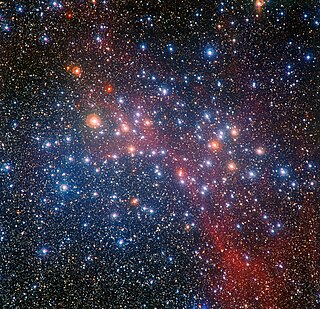
NGC 3532, also commonly known as the Pincushion Cluster, Football Cluster, the Black Arrow Cluster and the Wishing Well Cluster, is an open cluster some 405 parsecs from Earth in the constellation Carina. Its population of approximately 150 stars of 7th magnitude or fainter includes seven red giants and seven white dwarfs. On 20 May 1990 it became the first target ever observed by the Hubble Space Telescope. A line from Beta Crucis through Delta Crucis passes somewhat to the north of NGC 3532. The cluster lies between the constellation Crux and the larger but fainter "False Cross" asterism. The 4th-magnitude Cepheid variable star x Carinae appears near the southeast fringes, but it lies between the Sun and the cluster and is not a member of the cluster.

NGC 1535 is a planetary nebula in the constellation of Eridanus, discovered by William Herschel on February 1, 1785. It is very similar to the Eskimo Nebula in both color and structure but the central star can be quite difficult to observe visually.

NGC 156 is a double star located in the Cetus constellation. It was discovered on 1882 by Ernst Wilhelm Leberecht Tempel.

NGC 202 is a lenticular galaxy located in the constellation Pisces. It was discovered on November 17, 1876 by Édouard Stephan.

NGC 203 is a lenticular galaxy located approximately 233 million light-years from the Solar System in the constellation Pisces. It was discovered on December 19, 1873 by Ralph Copeland.

NGC 207 is a spiral galaxy roughly 178 million light-years from the Solar System in the constellation Cetus. It was discovered on December 7, 1857, by R. J. Mitchell.

NGC 276 is a barred spiral galaxy located approximately 626 million light-years from the Solar System in the constellation Cetus. It was discovered in 1886 by Frank Muller and was later also observed by DeLisle Stewart.
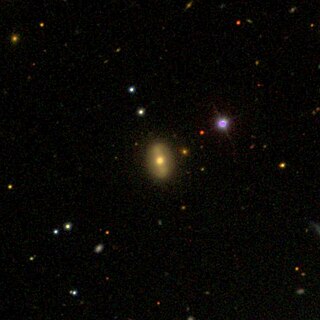
NGC 318 is a lenticular galaxy in the constellation Pisces. It was discovered on November 29, 1850 by Bindon Stoney.

NGC 378 is a barred spiral galaxy located in the constellation Sculptor. It was discovered on September 28, 1834 by John Herschel.
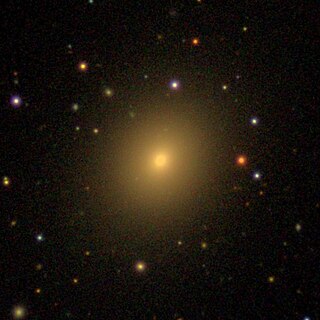
NGC 777 is an elliptical galaxy in the constellation of Triangulum. It was discovered by William Herschel on September 12, 1784. It has a weak active nucleus of type Seyfert 2 or LINER 2, implying that the central region is obscured. It may be an outlying member of galaxy cluster Abell 262.

NGC 368 is a lenticular galaxy in the constellation of Phoenix. It was discovered by John Herschel on September 5, 1834.

NGC 370 is a triple star located in the constellation Pisces. It was recorded on October 7, 1861, by Heinrich d'Arrest. It was described by Dreyer as "very faint, 13th magnitude star 15 arcsec to south, diffuse." However, there is nothing there. It is now presumed to be either a lost or "non-existent" object, although it is possible it could be a duplication of NGC 372.
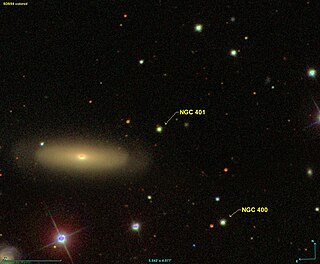
NGC 400 is a star located in the constellation of Pisces. It was discovered on December 30, 1866 by Robert Ball.

NGC 401 is a star located in the constellation of Pisces. It was discovered on December 30, 1866 by Robert Ball.
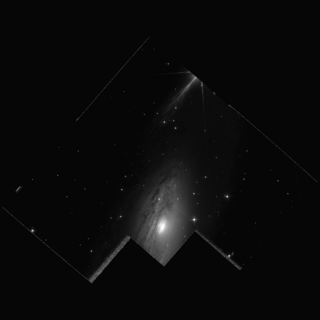
NGC 7013 is a relatively nearby spiral or lenticular galaxy estimated to be around 37 to 41.4 million light-years away from Earth in the constellation of Cygnus. NGC 7013 was discovered by English astronomer William Herschel on July 17, 1784 and was also observed by his son, astronomer John Herschel on September 15, 1828.

NGC 4531 is a spiral galaxy located about 50 million light-years away in the constellation Virgo. It was discovered by astronomer William Herschel on April 17, 1784. NGC 4531 is a member of the Virgo Cluster.

NGC 3837 is an elliptical galaxy located about 290 million light-years away in the constellation Leo. It was discovered by astronomer William Herschel on April 26, 1785. NGC 3837 is a member of the Leo Cluster.

NGC 2074 is a magnitude ~8 emission nebula in the Tarantula Nebula located in the constellation Dorado. It was discovered on 3 August 1826 by James Dunlop and around 1835 by John Herschel. It is described as being "pretty bright, pretty large, much extended, [and having] 5 stars involved".


















